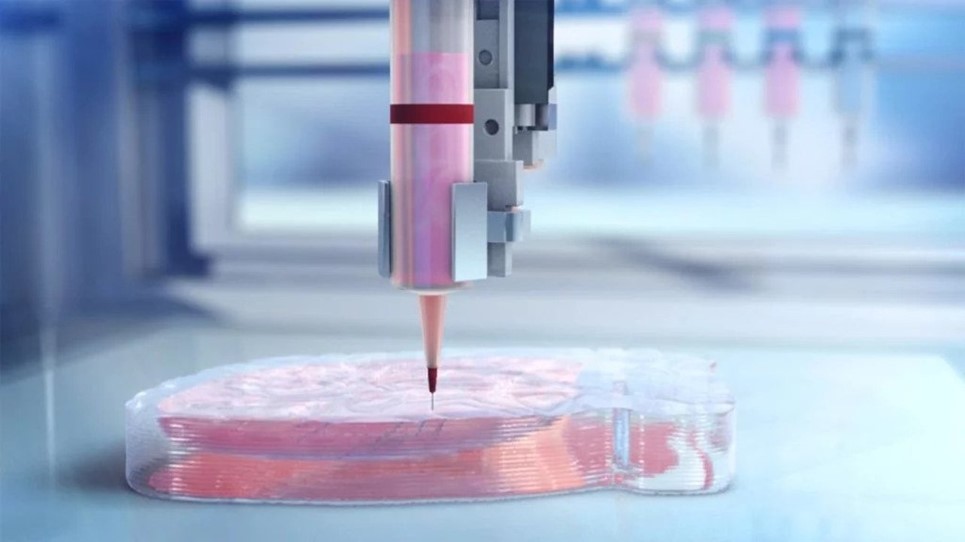News
3D-printed human salivary glands
August 26th 2020
Candice Leblanc
The FNRS and its Quebec counterpart are funding an original research project: the study of a human salivary gland recreated in three dimensions using bioprinting. Among the partners involved in the project is ULB’s cytometry platform in Gosselies.

Our saliva fulfils valuable functions related to digestion, oral health, and immunity. However, radiotherapy treatments for head and neck cancers and certain inflammatory diseases(1) affect the salivary glands. This results from an alteration of aquaporin-5 (AQP5). ‘This protein creates, in the membranes of salivary gland cells, pores that let water molecules through,’ explains Professor Véronique Flamand, researcher at IMI and co-sponsor of the project. ‘My colleague, Professor Christine Delporte(2), has found that the location of AQP5 within the cell is altered, which reduces the flow of saliva and causes “dry mouth”.’
Bioprinting an ex vivo model
Currently, the only treatments for dry mouth are palliative. Before developing possible therapeutic solutions, researchers must first understand the mechanisms that cause the dysfunctions involved. In this context, Professors Delporte and Flamand are collaborating with McGill University, in Quebec, whose Department of Bioengineering has developed expertise in 3D printing organoids(3). The process is based on a relatively simple principle: human cells are mixed in a matrix of appropriate nutrients, forming a ‘bioink’ that can then be used to ‘print’ functioning organoids.
The benefits of 3D printing
3D printing organoids ex vivo offers a number of benefits. It allows researchers to:
- do without animal models, working directly on human tissue;
- conduct functional studies in conditions very close to real organs;
- test hypotheses that would be impractical in humans or even animals;
- study highly specific interactions between cells and proteins.
The latter point is of particular interest to Professor Delporte, as she intends to develop gene constructs related to AQP5. By modifying the protein inside organoids—which is a novel approach in itself—, she is hoping to identify which area is involved in dry mouth.
The contribution of cytometry
Before 3D bioprinting, ULB’s cytometry platform in Gosselies plays an important part in the process. ‘There are three main types of cells in salivary glands’, explains Professor Flamand. ‘Acinar cells are the only ones that express AQP5, so we must be able to identify them. This is our role in this project: to develop a method to identify, select, and isolate the various types of cells present in salivary glands, using cytofluorometry.’ This method will then be implemented in Montreal, with the bioprinting process carried out at McGill University. A prime example of international collaboration!
Notes:
- Alteration of the salivary glands occurs, among other cases, in people suffering from Sjögren syndrome, a chronic rheumatic disorder.
- Professor Christine Delporte is the director of ULB’s Laboratory of Pathophysiological and Nutritional Biochemistry.
- An organoid is a 3D multicellular structure that recreates the microanatomy of an organ in vitro.

 My biopark
My biopark


